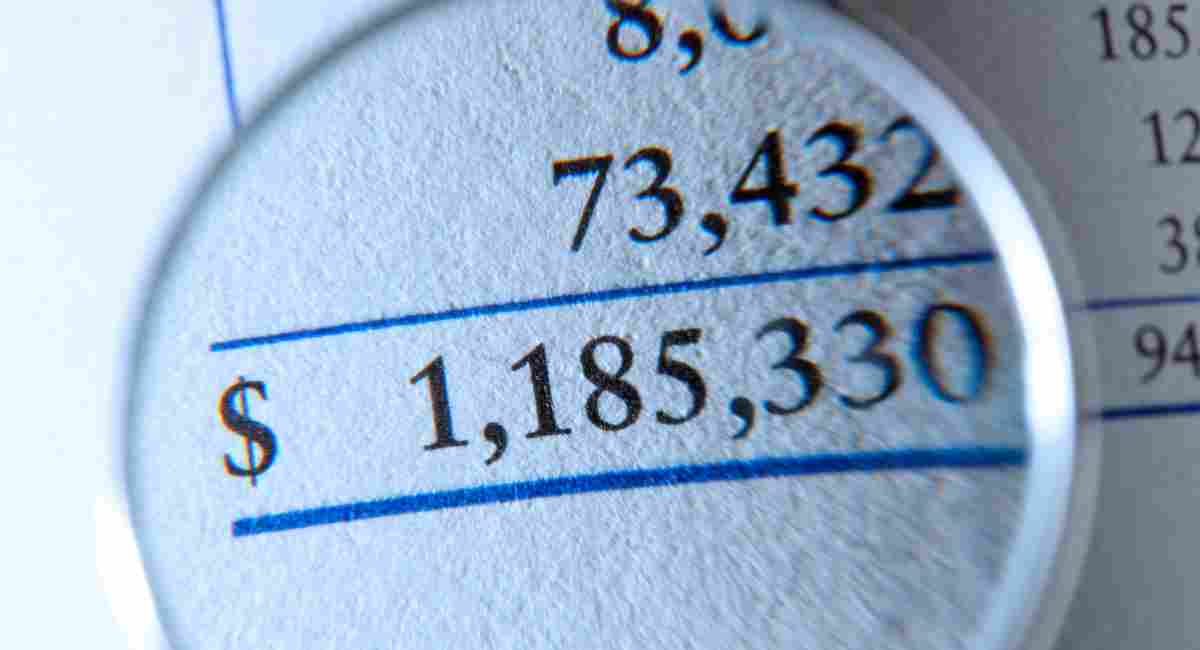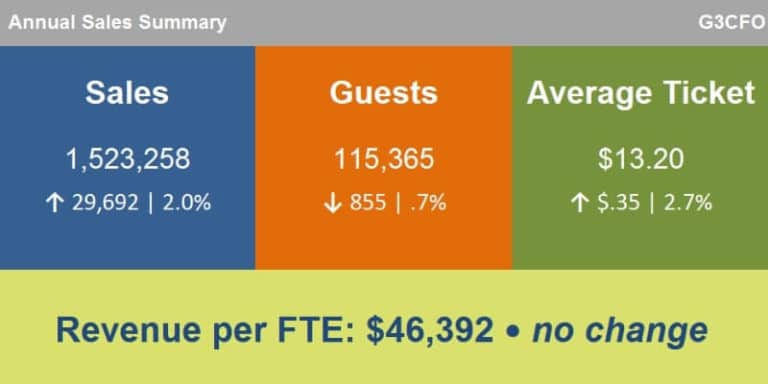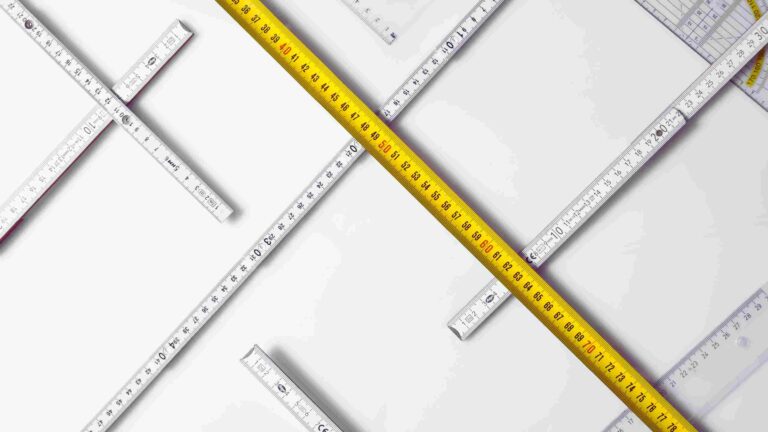I feel sorry for business owners trying hard to learn financial reporting and the various measurements cited throughout financial statements.
The language can be confusing. One report or measurement can have different names. Similar terms may have other definitions. In short, the terminology can be dizzying for a student of financial statements.
For instance, an Income Statement is also called a P&L. What’s the difference between gross profit and gross margin? And then we have earnings, oh my! Let’s see, we have net income, net earnings, EBT, and several other terms. There is also the oft-mentioned ‘bottom line’ by bankers, financial analysts, and other readers of financial statements.
In this discussion, I want to focus on the bottom line. However, there’s more than one bottom line in retail.
G3VIP
To read the rest of the article, you need to log in as a G3VIP.







